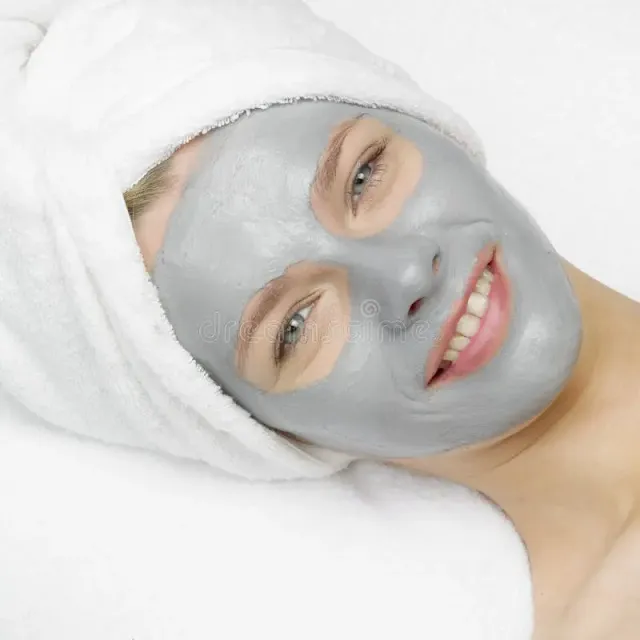**Remove Facial Hair for Sensitive Skin**
Facial hair removal is a common concern for many individuals, but for those with sensitive skin, it can be a particularly daunting task. Sensitive skin requires extra care and attention to avoid irritation, redness, and discomfort. Fortunately, there are several methods available for removing facial hair that are gentle and suitable for sensitive skin. In this article, we'll explore some of the best options and provide tips for achieving smooth, hair-free skin without irritation.
**1. Threading**
Threading is a popular hair removal technique that has been used for centuries in various cultures. It involves twisting a thin cotton or polyester thread around the unwanted hairs and pulling them out from the root. Threading is a precise method that allows for control over which hairs are removed, making it ideal for shaping eyebrows or removing fine facial hair.
One of the advantages of threading for sensitive skin is that it does not involve the use of chemicals or heat, reducing the risk of irritation. Additionally, because threading only targets the hair follicles, it does not pull on the skin as much as other methods like waxing, minimizing the chances of redness or inflammation.
**2. Dermaplaning**
Dermaplaning is a gentle exfoliation technique that also removes vellus hair, commonly known as peach fuzz, from the face. During a dermaplaning treatment, a trained aesthetician or dermatologist uses a sterile surgical scalpel to carefully shave off the top layer of dead skin cells and fine hairs from the surface of the skin.
Dermaplaning not only helps to achieve smoother, softer skin but also allows for better absorption of skincare products and makeup. Since dermaplaning does not involve pulling or tugging on the skin, it is well-suited for sensitive skin types. However, it's essential to have the procedure performed by a trained professional to minimize the risk of cuts or irritation.
**3. Depilatory Creams**
Depilatory creams, also known as hair removal creams, are chemical-based products that dissolve the hair follicles, allowing them to be wiped away easily. These creams typically contain ingredients like thioglycolic acid or potassium hydroxide, which break down the protein structure of the hair.
For individuals with sensitive skin, it's crucial to choose a depilatory cream specifically formulated for delicate areas like the face. Patch testing on a small area of skin is also recommended to check for any adverse reactions before applying the cream to larger areas. While depilatory creams can be an effective and painless method of facial hair removal, they may not be suitable for everyone, as some individuals may experience irritation or allergic reactions to the chemicals.
**4. Sugaring**
Sugaring is a natural hair removal method that dates back to ancient times. It involves using a sticky paste made from sugar, water, and lemon juice to remove unwanted hair. Similar to waxing, the sugaring paste is applied to the skin in the opposite direction of hair growth and then quickly pulled off, taking the hair with it.
Sugaring is less painful than traditional waxing because the paste adheres only to the hair and not the skin, reducing the risk of irritation and discomfort. Additionally, the ingredients used in sugaring are gentle and unlikely to cause allergic reactions, making it suitable for sensitive skin types.
**Tips for Removing Facial Hair Safely with Sensitive Skin:**
1. **Prep Your Skin:**
Before any hair removal treatment, cleanse your skin thoroughly to remove any dirt, oil, or makeup. This will help prevent clogged pores and reduce the risk of irritation.
2. **Moisturize:**
Apply a soothing moisturizer or aloe vera gel to hydrate and calm the skin before and after hair removal to minimize irritation.
3. **Choose the Right Products:**
Opt for gentle, fragrance-free products specifically formulated for sensitive skin to reduce the risk of irritation and allergic reactions.
4. **Avoid Overlapping Treatments:** Refrain from using multiple hair removal methods simultaneously, as this can increase the likelihood of skin irritation and damage.
5. **Consult a Professional:**
If you're unsure about which hair removal method is best for your sensitive skin, consult a dermatologist or licensed esthetician who can provide personalized recommendations and guidance.
In conclusion, removing facial hair for sensitive skin requires a gentle and careful approach to minimize the risk of irritation and discomfort. By choosing the right method and following these tips, you can achieve smooth, hair-free skin without compromising its health and integrity. Whether you opt for threading, dermaplaning, depilatory creams, or sugaring, prioritize the health and well-being of your skin to achieve optimal results.

